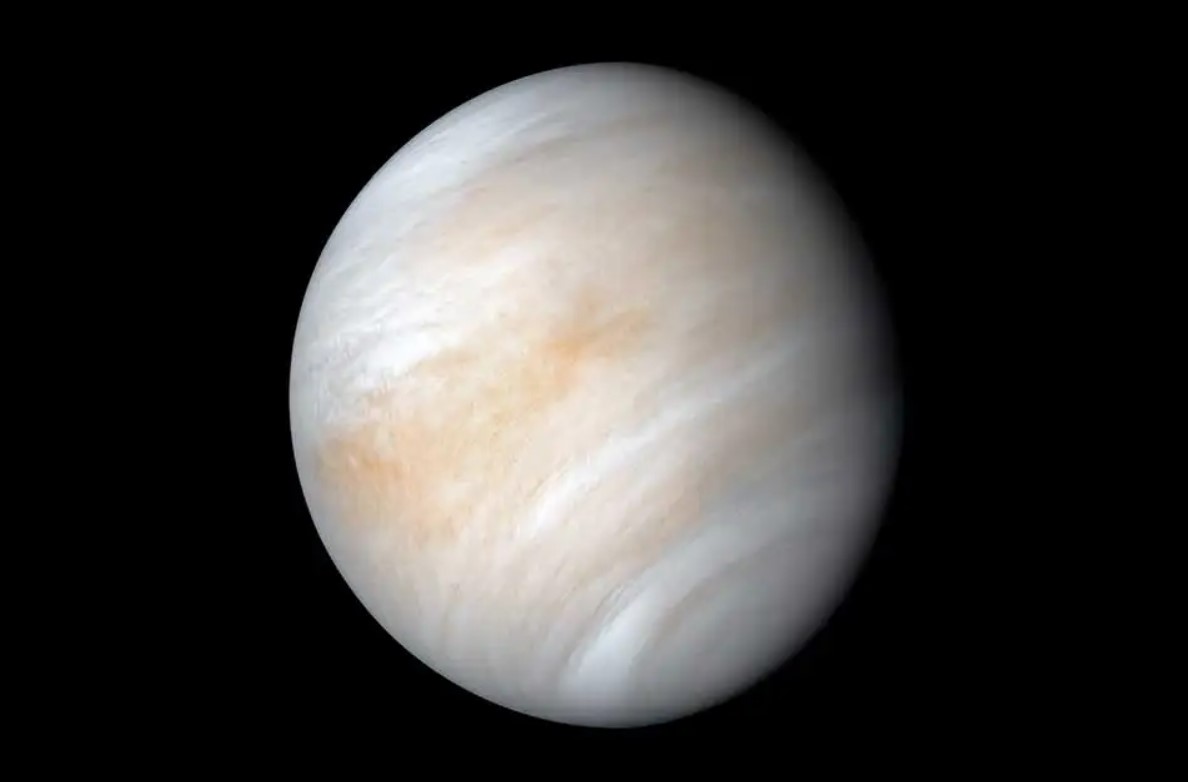HELSINKI — China has unveiled a long-term roadmap to guide its space science programs up to 2050, including a mission to collect a sample of the Venusian atmosphere.
The Chinese Academy of Sciences (CAS), the China National Space Administration (CNSA), and the China Manned Space Engineering Office (CMSEO) jointly announced the National Space Science Medium- and Long-Term Development Plan (2024-2050) in a press conference Oct. 15.
“China’s space science research is still in its infancy, with a relatively small number of space science satellites. Some gaps need to be filled to become a space powerhouse,” Ding said. Ding Chibiao, CAS vice president said.
Goals include implementing national space science missions, strengthening basic research, building a high-level talent pool for space science, and making breakthrough achievements at the global level.
Three stagesThe plan outlines five major scientific themes and 17 priority development directions. Missions focusing on the extreme universe, the nature of matter, habitable planets, studying the Sun and space exploration will be implemented in three stages: up to 2027, 2028-2035, and 2036-2050.
The first phase (up to 2027) focuses on a number of known missions and projects. These include launching a first crewed lunar mission by 2030, space station operations including a Hubble-class telescope, and initiating key scientific projects. Also noted are a selection of large projects, such as a space gravitational wave detection pathfinder and a solar polar orbiter. Small and medium class missions could include dark matter particle detection, a solar observatory at Sun-Earth L5 and exoplanet missions.
Five missions—Discovering Sky at the Longest Wavelength (DSL), Enhanced X-ray Timing and Polarimetry (eXTP), Solar Polar Orbiter (SPO), Taiji-2 and Earth 2.0—are understood to be approved and in development. These would search for signals in the cosmic dark ages, study objects such as black holes, study the Sun, detect gravitational waves and conduct long-term surveys for Earth-like habitable exoplanets respectively.
The second phase (2028–2035) aims for breakthroughs in advanced space missions, including the Tianwen-4 mission to Jupiter, solar system boundary exploration, the International Lunar Research Station (ILRS), and a Venus atmospheric sample return. Further possibilities noted include asteroid exploration and exoplanet moon detection.
The final phase (2036–2050) targets global leadership in space science with 5-6 large-scale missions and diverse smaller projects.
Venus atmosphere sample returnThe roadmap reveals a number of new plans. A Venus orbiter named VOICE was previously under consideration for selection for what is now the apparent first phase of the roadmap. This has been replaced by a more ambitious Venus atmosphere sample return mission during phase two.
No details of the mission proposal were released. For reference, a proposal from MIT in 2022 details a descent and deceleration into the Venusian atmosphere, the inflation of a balloon and sampling, and a Venus ascent vehicle delivering a sample canister into orbit for rendezvous with a waiting orbiter. Such a mission, informed by recent studies of the Venusian atmosphere—some noting the potential biomarker phosphine—would likely focus on astrobiology: habitability and a potential search for life.
China is also working towards launching a Mars sample return mission in 2028. That will aim to deliver the first-ever samples to Earth by 2031, with a focus on astrobiology.
The wider program will be open to the outside in some form. “We will further promote various forms of international cooperation and exchanges in space science, so that the achievements of space science and technology can better and benefit humankind.” Wang Chi, director of the National Space Science Center (NSSC) under CAS, said in the press conference.
